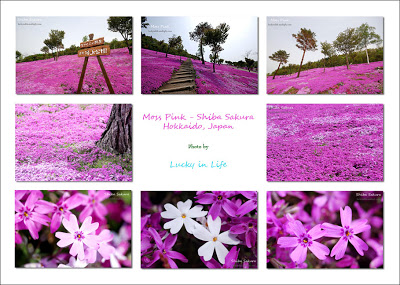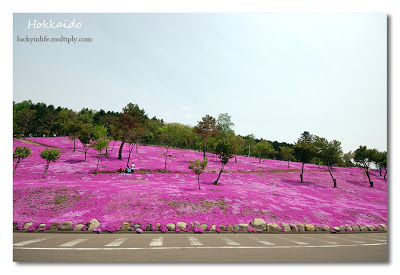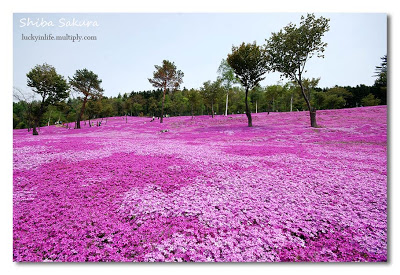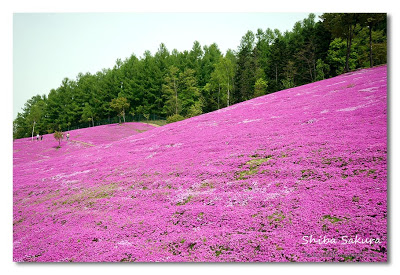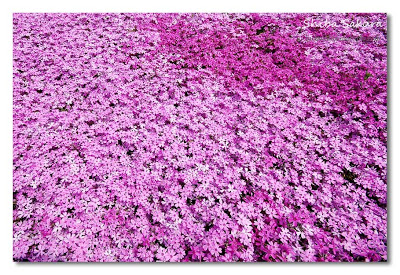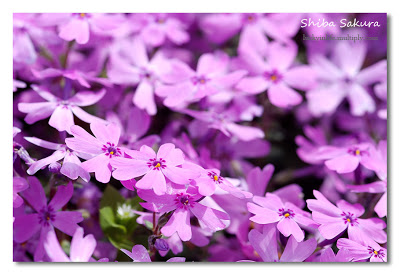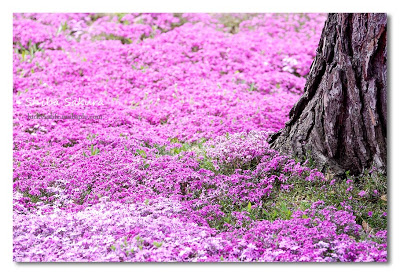Pardeep
๑۩۩๑┼●ℛŐŶ
Hokkaido is Japan's second largest island after Honshu, accounting for about 20% of the country's land area, but only 4,5% of its population (5,7 million inhabitants). The name "Hokkaido" means "Way to the North Sea", and was given to the island after the Meiji restoration. Before that, it was called Ezo, and was mostly populated by the indigenous Ainu.
Hokkaido has a special status in Japan, both politically (it is not an ordinary prefecture), and in the heart of the Japanese. It is seen as a place a vast wilderness, where winter are bitterer than anywhere else in the country (often dropping below -20°C degrees).
Because it only officially became part of Japan in 1868, has little history, place names unheard of anywhere else (often adaptations from Ainu names), Japanese sometimes feel that Hokkaido is not really Japan, although it belongs to it. Even food is different. Here, people eat lamb (a popular dish is called "Genghis Khan"), which most other Japanese never do. Hokkaido has however become indispensable to the Japanese economy and even culture. Most of Japan's milk and dairy products come from Hokkaido. Japan's first beer brewery (Sapporo) is also from Hokkaido, and is still one of the country's most popular.
The seasons play an important role in Hokkaido's tourism industry. Winter welcomes skiers and the Snow Festival (see Sapporo), Spring and Summer are reputed for their beautiful fields of colourful flowers so particular to Hokkaido, and Autumn for its crimson and gold landscapes.
Hokkaido has a special status in Japan, both politically (it is not an ordinary prefecture), and in the heart of the Japanese. It is seen as a place a vast wilderness, where winter are bitterer than anywhere else in the country (often dropping below -20°C degrees).
Because it only officially became part of Japan in 1868, has little history, place names unheard of anywhere else (often adaptations from Ainu names), Japanese sometimes feel that Hokkaido is not really Japan, although it belongs to it. Even food is different. Here, people eat lamb (a popular dish is called "Genghis Khan"), which most other Japanese never do. Hokkaido has however become indispensable to the Japanese economy and even culture. Most of Japan's milk and dairy products come from Hokkaido. Japan's first beer brewery (Sapporo) is also from Hokkaido, and is still one of the country's most popular.
The seasons play an important role in Hokkaido's tourism industry. Winter welcomes skiers and the Snow Festival (see Sapporo), Spring and Summer are reputed for their beautiful fields of colourful flowers so particular to Hokkaido, and Autumn for its crimson and gold landscapes.
